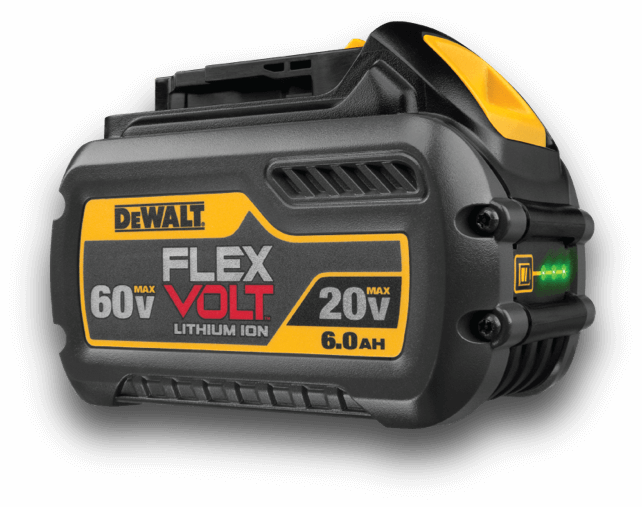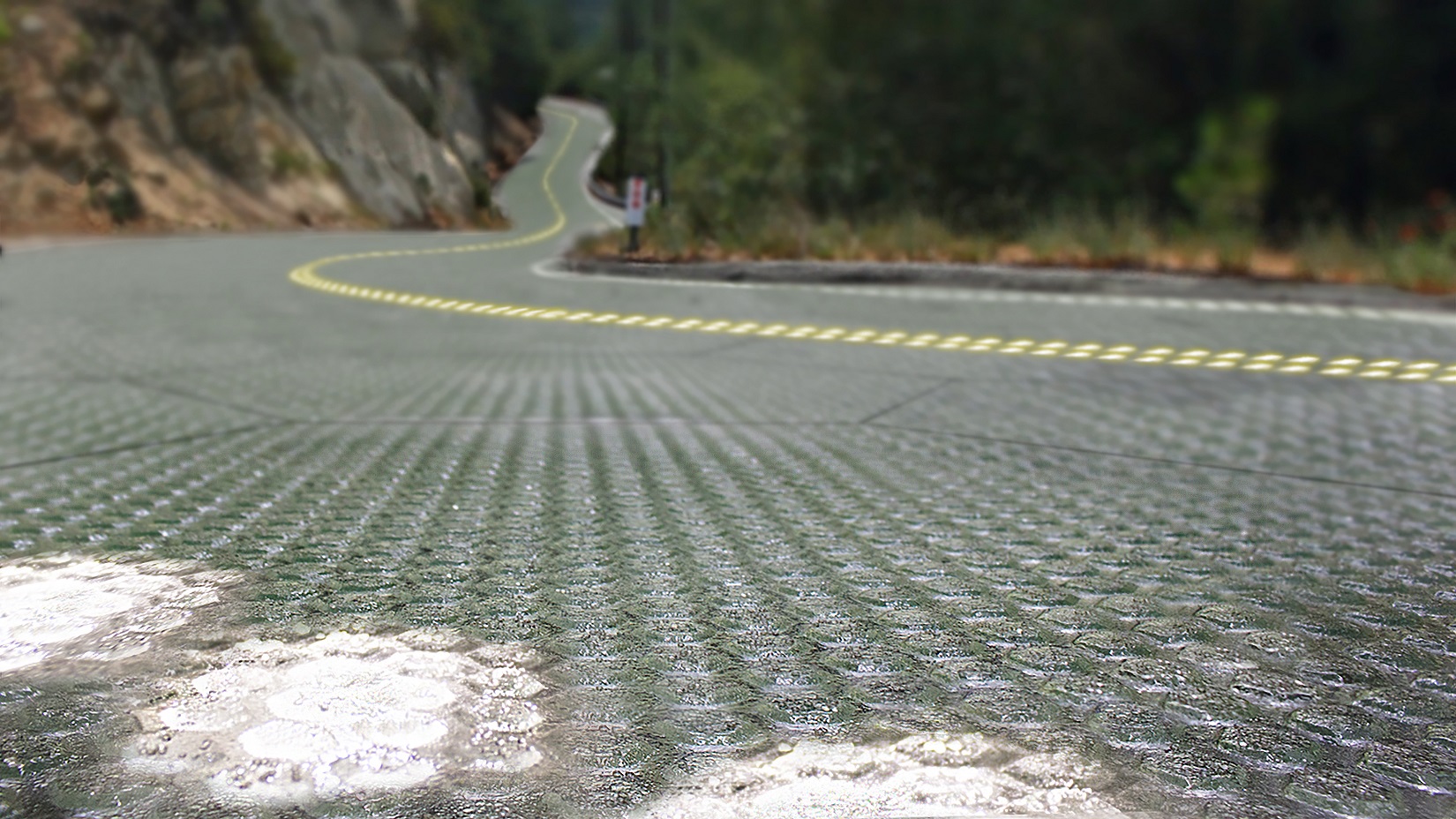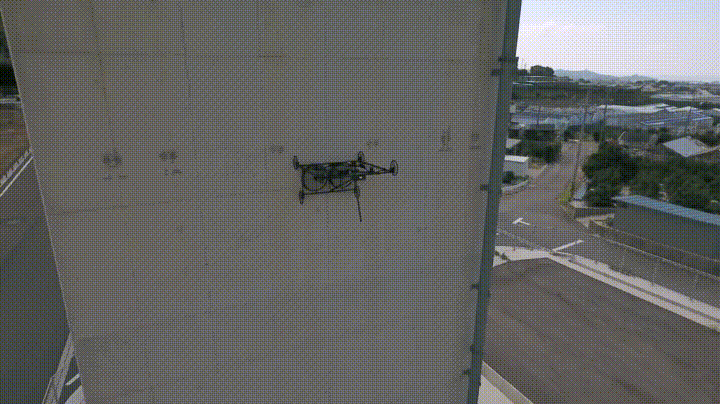For decades and decades, construction and technology didn’t mix. In recent years, companies have been flocking to the underutilized construction industry to try and offer the newest solutions. When we talk about technology, we’re not just talking about computer work, there are tons of new products out there that are challenging the way our industry thinks and acts.
Many of the items on our 2016 technology list are still very much conceptual and will undergo plenty of testing over the next few years, but that’s one of the beauties of technological advances: many are extremely forward thinking.
Let us know which of our items on our list you or your company are most excited about in the comments below!
Electrified Concrete That Can Melt Ice
via Youtube
Professor Chris Tuan, from the University of Nebraska at Lincoln (UNL), has been researching and developing his solution for roadways that can melt ice for years and is now close to a breakthrough. Tuan’s electrified concrete is currently being tested by the Federal Aviation Administration (FAA) for use on tarmacs, which, they say, could potentially greatly reduce weather related delays for airlines.
The formula for conductive concrete is pretty simple, it’s 80% standard concrete mixture and 20% metal fiber and carbon particles. Add a little electricity and you’ve got the makings for an ice and snow free surface.
Full Story: Is Electrified Concrete the Answer to Snow and Ice Buildup on Roads?
The First Phone with Built-in Thermal Imagining
CAT S60
The CAT S60 smartphone isn’t just a niece piece of technology; it’s super rugged, just like you’d expect from the company that produces tons of heavy construction equipment. With the ability to withstand drops of close to 6 feet (1.8 meters) and stay under water at depths of over 16 feet (5 meters) for over an hour, this may be the most rugged and technologically functional phone for the construction industry yet. It’s so tough that it actually EXCEEDS military specs. If you’re a plumber, it means you can actually take pictures under water.
The thermal imaging camera, powered by FLIR’s Lepton Thermal Microcamera Module, has a range of 50-100 feet and can see through smoke.
Full story: CAT Announces First Ever Phone with Built-in Thermal Imaging
Bosch REAXX
The Bosch REAXX table saw is a fully mobile, saw/stand combination that can detect human flesh and activate Bosch’s proprietary Active Response Technology, which drops the blade below the table top if flesh gets too close. The best part about it is that the blade is not damaged when the system is activated and only takes about a minute to flip the cartridge, re-install the blade, and get back to work.
Full Story: Cool Tools: Bosch Set to Release Highly Anticipated Flesh Detecting Table Saw
High Capacity Power Tool Batteries
DeWalt FLEXVOLT
In an effort to give cordless tools the same power of corded, the tool giant, DeWalt, announced the release of 20V/60V flexible voltage batteries and a new line of cordless 60V and 120V tools. The best part? The new ultra-powerful batteries are compatible with your favorite 20V tools that you already own. FLEXVOLT, touted by DeWalt as the “World’s first battery that automatically changes voltage when you change tools,” will bring unprecedented power to cordless tools, especially workhorse tools like miter saws and circular saws.
Full Story: DeWalt Just Unleashed Revolutionary New Line of Batteries, 60V & 120V Tools
Milwaukee Tool High Demand 9.0Ah Battery
Milwaukee Tool officially announced their intention to release a high demand, M18 9.0 battery pack that can provide up to 2 times the performance of their current high powered, extended capacity 5.0 battery and up to 5 times better performance versus standard lithium ion batteries. That’s less trips to the charger, more power to cut through tough materials, and more speed.
Full Story: Milwaukee Tool to Release Supercharged Battery to Cut Down on Cords on the Job Site
Steel Construction Barriers
Pueblo, Colorado is testing out a new technology that could also make drivers’ and workers’ lives safer, while also making things easier. Steel construction barriers are making waves in Pueblo, according to local news channel KOAA, as they have demonstrated to be a safer alternative to concrete barriers, currently seen throughout the United States. When a vehicle strikes concrete, the car and the concrete are both destroyed, sending metal and concrete through the air and a wrecked car bouncing on the road asking for other cars to hit it. With these steel barriers, cars will bounce off of the barriers with little damage to the vehicle or the barrier.
Full story: Steel Construction Barriers Hoping to Keep Workers Safer, Replace Concrete Barriers
Solar Roadways
Solar Roadways
Solar Roadways is a total recreation of the asphalt and concrete roads that we have used in America for the past few decades. Simply put, the roadway system is made up of 70 pound hexagonal panels with solar energy storage built within it. The panels are made of an ultra-strong tempered glass panels, that can withstand the weight of a semi-truck.
It’s proactive, so much so that it’s the only type of roadway system that has a possible positive return on investment. Not only do these panels create energy, they can also melt snow and ice, making roads safer for all drivers. A few other companies have begun testing snow melting roadways, as well, like this one that slowly releasing de-icing salt over time and another that uses electricity to heat the roads. With the capability to be programmed display over 16 million different colors, the roads can also detect possible hazards like animals on the road or other obstructions. The programmable lights would also eliminate the need for costly parking lot and road line painting maintenance.
The US Department of Transportation has given the Idaho tech startup several grants to perfect the concept of solar roads and now cities are giving the concept real world tests. One of the first tests these roads will go up against is a rest stop along historic Route 66 in Conway, Missouri. The rest stop will be testing out the panel’s benefits, as well as its durability, in both a roadway and sidewalk application.
Full Story: Missouri is Testing Out Solar Roadways Along Historic Route 66
Roboglove
Robonaut 2
The Robonaut 2 was originally designed for astronauts to allow them to do tasks much more quickly in space. Based upon its successes in other atmospheres, the concept is now being altered to be useful on Earth. According to Wired, GM has teamed up with a medical-technology firm called Bioservo to make this a reality. A power tool battery is connected to a smartphone sized control board, which is wired to the glove. The programming of the glove allows workers to maintain grip on a tool for repetitive tasks without much effort.
Full story: GM Developed ‘Roboglove’ Could Make Construction Workers Stronger, Less Fatigued
Safety Gloves That Keep Your Fingers from Being Smashed
Resafe
Chilean company Resafe believes they may have found the correct balance of protection and functionality with the release of their Mark VIII safety gloves. Much like a traditional steel toe boot, these gloves protect the tops of your fingertips with the use of a shatter proof thermoplastic material, so you can still maintain fingertip sensitivity and motor skills. The fingertip protection keeps you safe from impacts and even cuts and punctures. You’ll see in the video below that the blades will cut through leather, but the thermoplastic fingertip liner prevent them from reaching your finger. You still have to exercise extreme caution to make sure you still don’t injure your hand, as they only protect the tops of your fingers.
Full Story: [VIDEO] New Safety Gloves Can Keep Your Fingers From Being Smashed By A Hammer
Bendable “Concrete”
COnFlexPave
The newest challengers to the concrete’s flexibility problem are a group of scientists from Nanyung Technological University (NTU) in Singapore. The team calls their product “ConFlexPave” and it not only bends under pressure, unlike concrete, it’s also thinner and maybe even stronger than its traditional brethren. In a press release, NTU Professor Chu Jian explained, “We developed a new type of concrete that can greatly reduce the thickness and weight of precast pavement slabs, hence enabling speedy plug-and-play installation, where new concrete slabs prepared off-site can easily replace worn out ones.”
Full Story: Could This Bendable Concrete Solve Concrete’s Cracking Problem?
Cab-less Self Driving Haulage Vehicle
Komatsu
Komatsu has been producing autonomous vehicles for the mining industry since 2008, way before we started seeing Google and Tesla’s autonomous cars hit roads. Since that time, Komatsu says, over 1 billion tons of overburden and minerals have been hauled away by their trucks. The new Komatsu self-driving haul truck will be their first without a cab for a human driver or operator. Without the cab, the truck will be equally balanced while it’s loaded and unloaded. Weighing in at 458 tons (416 metric tons), the gigantic machine has a payload of 253 tons (230 metric tons).
Full Story: Komatsu Unveils New Cab-less Self Driving Haulage Vehicle at MINExpo
Drones Being Used to Locate Structural Damage
PRODRONE
The PD6-CI-L inspection drone was developed by Japanese company PRODONE in order to make it easier to inspect bridges and other infrastructure. Most drones are unable to handle wind gusts while also hovering close to the structure under inspection, so PRODRONE designed theirs to operate off of negative pressure, effectively “clinging” the drone to the structure. The L-shaped frame allows the device to not only inspect walls, but also ceilings.
Full Story: Drones Are Being Used to Locate Structural Damage
Grips That Let You Climb any Surface Like Spider-Man
via Popular Mechanics
Developed by the Defense Advanced Research Projects Agency (DARPA), the Z-Man grips were originally developed to help military personnel quickly scale buildings to get to safety. Inspired by the climbing abilities of geckos, the scientists went to work replicating their behavior for use by humans. After years of struggles, the group from Draper Labs in Massachusetts devised a series of tiny metal hooks that were strong enough to allow people to first climb brick buildings, and then used magnets to climb metal buildings, using similar techniques that spiders use to climb. The problem continued to be non-magnetic and smooth walls. After utter despair set in for the scientists, the idea for suction was grips were born. Now, the prototype combines suction cup grips on the hands and foot stirrups that release the suction when lifted up, allowing that corresponding hand to move freely.
Full Story: You Can Climb a Jobsite Wall Spider-Man Style With Newly Developed Grip System























The earth can be a sort of an unmarked time capsule in many areas. It holds secrets of the past, some of which were hoped to never be found, but others that people dream of finding. Almost every project requires excavation or demolition in some way, so keep your eyes peeled for the next great discovery!